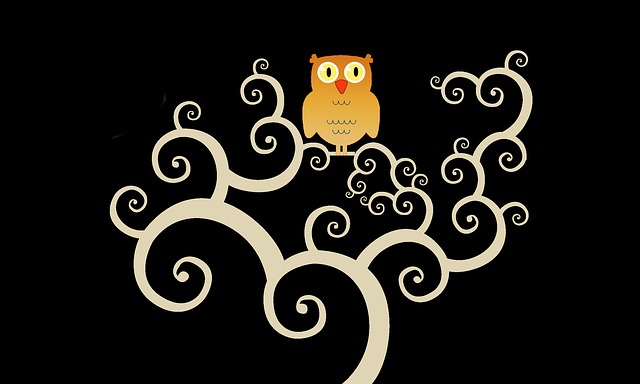There isn’t really any one-size-fits-all magic bullet with anxiety. Except... our breathing. Dr. Andrew Weil asserts, “If I had to limit my advice on healthier living to just one tip, it would be simply to learn how to breathe correctly.” Once you learn the oldest and most effective breathing tricks in the book, your anxiety will never look back. Okay, you'll need to put in time and practice, but THEN your anxiety will never look back. This is truly a superpower we all have!
Even though we’ve been breathing since before we can remember, there is still a lot we can learn about doing it better. And it is essential that we do, because not only does our breathing react to different thoughts, emotions, and situations in our lives, but it can actually cause us to feel certain thoughts and emotions.
The reason for this is that our breathing is intrinsically tied to our nervous system. Our in-breath is connected to our sympathetic nervous system, which manages our fight or flight response. And our out-breath is connected to our parasympathetic nervous system, which manages our relaxation response. So within this one system, we have the capability to control both the “gas” and the “brakes.” Pretty cool.
And just like our cars, these two systems come as one unit. In order for us to get a handle on our worry, stress, and anxiety, we must focus on strengthening our parasympathetic nervous system response by making it more dominant than our sympathetic nervous system response. And we do this by practicing “optimal breathing” throughout the day until it becomes our new normal.
Optimal breathing should use your abdomen, not just your chest. It should be deep, slow, and rhythmic and done through the nose, not the mouth. You also want to make sure you breathe out by pulling your belly button toward your spine. Remember, your breathing has a direct impact on your thoughts and feelings.
Now here is the breathing technique to use when you feel your anxiety, stress, or worry arise and you’ve just called out one of your body’s “false alarms.”
It’s called a 4-7-8 breath. Breathe in through your nose for a slow count of 4 (from your belly, not your chest), hold it for a slow count of 7, and then let it out through your mouth for a slow count of 8 (pulling your belly button back toward the spine and pushing out all the air).
Take a moment to try it right now. (Since I'm just throwing this on you, you may need to adjust the counts. Do what feels comfortable. The key is holding for a longer count than the inhale and exhaling for the longest count of all).
Repeat three times.
You can also repeat this technique throughout the day whenever you think of it. I find myself using it when I can’t remember things, when I’m late for an appointment, when I’m starting to feel “off,” or when I think of what Dr. Weil said. Okay, that last one doesn’t happen that much. :-)










